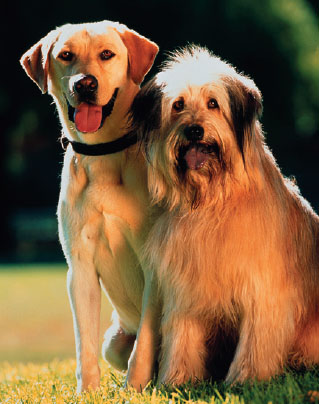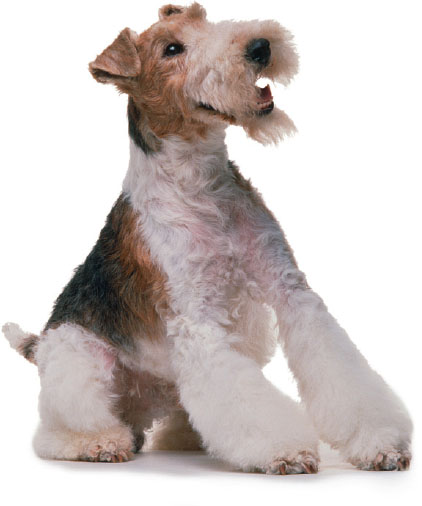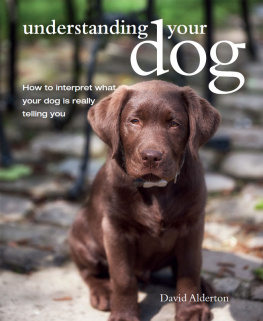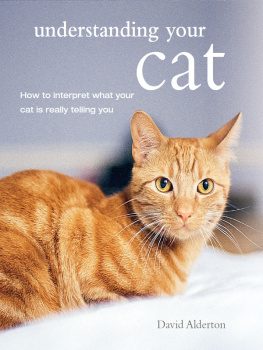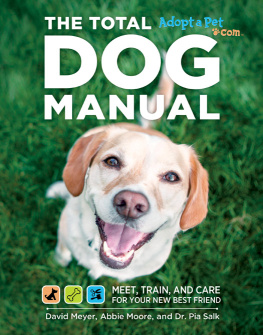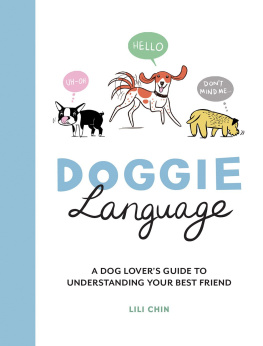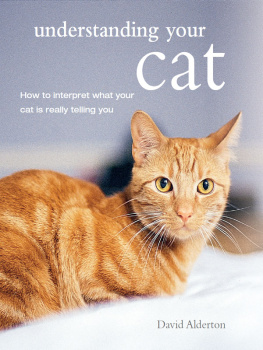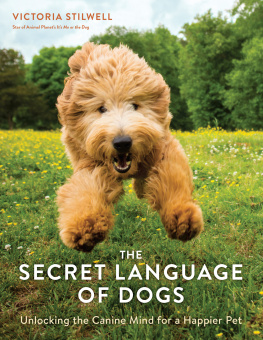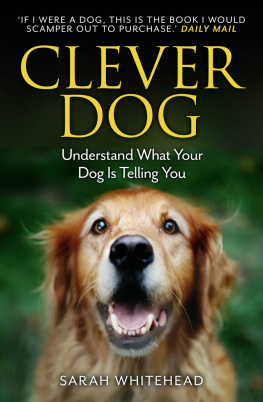understanding your
dog
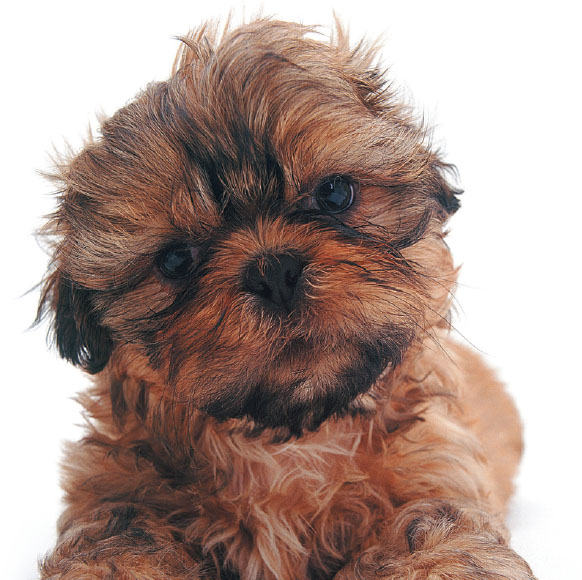
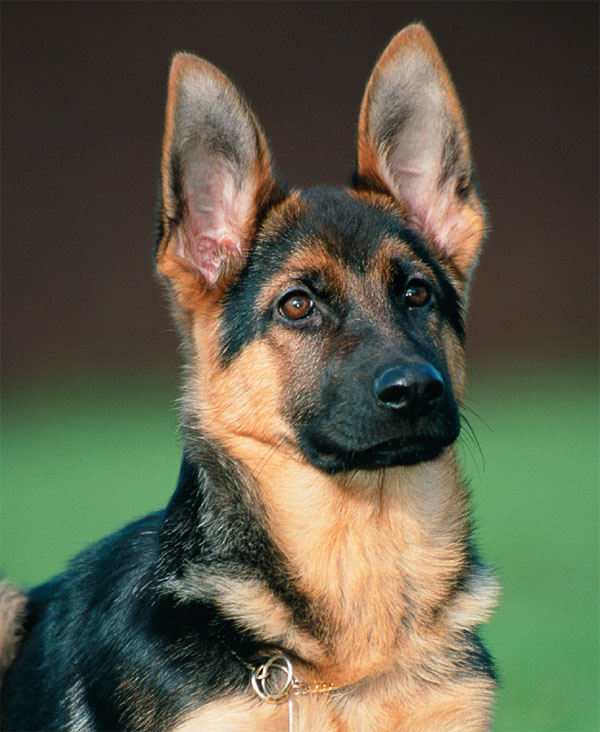
understanding your
dog
How to interpret what your dog
is really telling you
David Alderton

www.rylandpeters.com
This edition published in 2016 by CICO
Books an imprint of Ryland Peters & Small Ltd
2021 Jockeys Fields, London WC1R 4BW
341 E 116th St, New York, NY 10029
www.rylandpeters.com
10 9 8 7 6 5 4 3 2 1
First published in 2007 under the title Your Dog Interpreter
Text David Alderton
Design CICO Books 2007
Photography see Photo credits
The authors moral rights have been asserted.
All rights reserved. No part of this publication may be reproduced, stored in a retrieval system, or transmitted in any form or by any means, electronic, mechanical, photocopying, or otherwise, without the prior permission of the publisher.
A CIP catalog record for this book is available from the Library of Congress and the British Library.
eISBN: 978-1-78249-614-4
ISBN: 978-1-78249-392-1
NOTES TO OUR READERS
The advice given here should not be used as a substitute for that of a qualified veterinarian. No dogs or puppies were harmed in the making of this book.
In this book, unless the information given is specifically for female dogs, dogs are referred to as he. The information is equally applicable to male and female dogs, unless otherwise specified.
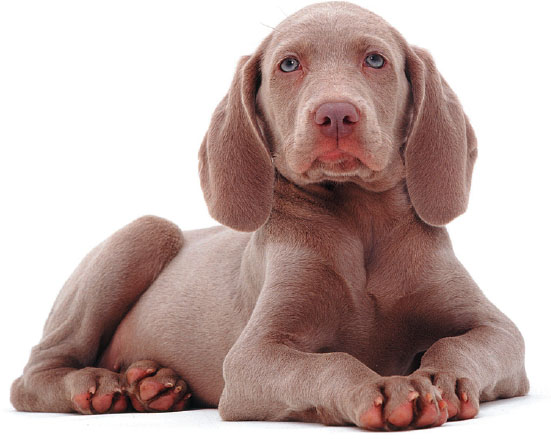
Contents


Canine
Companionship
The bond between people and dogs stretches back beyond the start of recorded historyfor at least 15,000 years and possibly nearer to 100,000 years. At the start, their relationship was utilitarian, with dogs helping to hunt, warning of danger, and even being eaten if food was otherwise in short supply. However, archaeology has revealed clear signs that dogs soon became cherished companions as well as working animals, and since those early days, people and dogs have continued to maintain a close relationship.
From Working Animal to Pet
The most dramatic shift in mans relationship with canines has occurred over the past century, because the majority of dogs are now no longer kept as working companions but simply as pets. This has caused difficulties, because breeds that had been developed over the course of many centuries as workers cannot easily abandon their ancestral past to settle only as household companions. Collies, for example, have worked as sheepdogs for many thousands of years and can very easily become bored and even destructive without having sufficient exercise and distraction. This is why it is vital that you delve carefully into the ancestry of breeds that interest you to gain a clear insight into their behavior before taking on a canine companion, rather than simply being seduced by a cute appearance. You need to match the needs of your pet to your lifestyle to ensure thatas much as possibleyou will be compatible with each other.
All dogs are individuals, just as we are, and experiences gained through life shape their personalities. If you are not used to having dogs around, it may be better to start with a puppy who can grow up in your home, rather than taking on an adult dog from an animal shelter who will already have set behavior patterns. There are a number of peoplesuch as your veterinarian or a local dog trainerwho will be able to guide you through the critical early months if you have not had a puppy before, helping to ensure that your pet will grow up to be a well-trained companion. Some breeds, such as the whippet, are much more responsive to training than others, such as the chow chow, and this is another important factor to consider at the outset when determining which type of dog to choose.
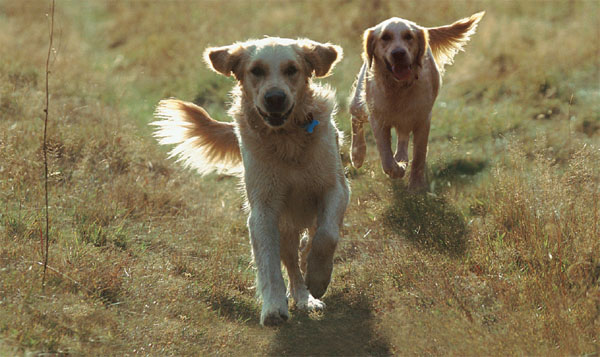
Certain breeds were evolved for specific work purposes. However, the view of dogs as a household companion selected for its looks came about in the late 1800s as a result of the dog show.
The Influence of Dog Shows
The way that we view dogs has also altered significantly since the 1800s, to some extent mirroring changes in society, and is continuing to do so today. The industrialization that swept through Europe and North America during the second half of the 1800s gave rise to a growing and increasingly prosperous middle class. This in turn led to the phenomenon known as fancyingthe selective breeding of plants and animals, with competitions in which entrants were judged against an ideal to select a winner. It was quite natural that dogs would form part of this trend, since they had been closely involved with people over the course of many centuries.
An Englishman, Charles Cruft, initially appreciated the scope of the dog fancy when he visited a show being staged as part of the Paris Exhibition in 1878. He returned home full of inspiration, organized a terrier show with the backing of wealthy dog-loving patrons, and by 1891 was sufficiently confident to launch an annual show for all breeds. The public was soon flocking to these events, keen to see the ever growing number of different types of dog on display. The dog was no longer perceived as a working companion but as an object of aesthetic pleasure, and not surprisingly, more people started to acquire them. One contemporary estimate suggested that dog ownership had risen more than sixty-fold between the late 1800s and the early 1900s. This was almost certainly an exaggeration, but this period undoubtedly saw the establishment of the dog as a household companion and reflected a trend that has continued right through to the present day. Alongside this growth in ownership, the supply of prepared dog foodwhich was pioneered by James Spratt and Charles Cruft himselfhas also grown into a massive global industry.
Some General Canine Characteristics
Within their various groups, dogs have certain traits in common.
Gundogs: Responsive but active. Can be prone to obesity without adequate exercise.
Scent hounds: Enthusiastic and exuberant. Running off can be a problem.
Sheepdogs: Intelligent, active companions that respond well to training.
Sight hounds: Often sleekcoated, so grooming needs are minimal. Like to run. Can be nervous with strangers.
Terriers: Lively, feisty dogs with plenty of energy. Often dig and can bark loudly.
